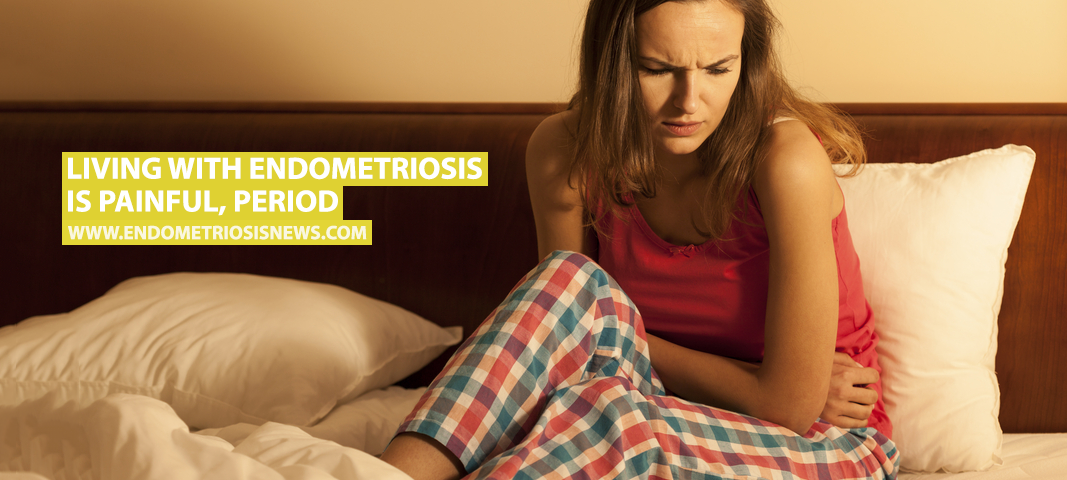Researchers developed a new questionnaire that accurately assesses painful experiences and can be used as a reliable tool in clinical trials and when diagnosing patients with endometriosis.
Their study, “A self-administered questionnaire to measure the painful symptoms of endometriosis: Results of a modified DELPHI survey of patients and physicians,” appeared in the Journal of Gynecology Obstetrics and Human Reproduction.
Although various approaches to assess pain in endometriosis are available and have been validated, they do not take into account the diversity of pain symptoms in this disorder.
Each of the pain symptoms in endometriosis — dysmenorrhea, or menstrual cramps, deep dyspareunia, or painful intercourse, and non-menstrual chronic pelvic pain — presents significant variability in symptom description and interpretation by patients and physicians.
As a result, researchers have been developing patient-reported outcome measures (PROs) to determine the benefit of medical treatments and promote the early diagnosis of endometriosis.
However, the scientists noted that although questionnaires have been used in epidemiological surveys and in clinical studies, assessments of pain and pain scales in endometriosis have been based on clinicians, rather than patient input.
The research team aimed to develop a short, standardized questionnaire based on relevant statements used by patients to describe pain symptoms in endometriosis.
The scientists performed a two-round DELPHI method with women who have endometriosis and physicians. Statements were rated based on diagnosis validity and clarity.
“The Delphi method is a practical and structured method to achieve a convergence of opinion and a general consensus on a particular topic from a large number of individuals,” the researchers explained.
A total of 76 experts were invited, of whom 56 (74 percent; 33 patients and 23 gynecologists) responded to the first-round questionnaire. Forty of the 76 experts (71.4 percent) responded to the second round.
From 48 statements tested in the first-round, 11 were selected after round two. Reasons to discard statements included difference in opinion between patients and clinicians.
After subsequent discussion and rewording, 21 questions were chosen for a final face-to-face meeting. Examples of rewording included switching from “very painful menstruation” to “pain located in the lower abdomen during menstruation,” and from “deep internal pain felt during sexual intercourse” to “intense, sharp pain deep inside during sexual intercourse.”
The scientists organized the final questionnaire into four dimensions: spontaneous pelvic pain and dysmenorrhea; dyspareunia; painful bowel symptoms; and other symptoms.
“The strength of the present study lies in the fact that both patients and practitioners were involved in the design of the questionnaire,” the researchers wrote.
“The questionnaire has content validity to measure the subjective experiences of patients with painful endometriosis and can provide a solid basis on which to develop an efficient patient-centered outcome to measure the painful symptoms in therapeutic or in diagnostic studies,” they added.

